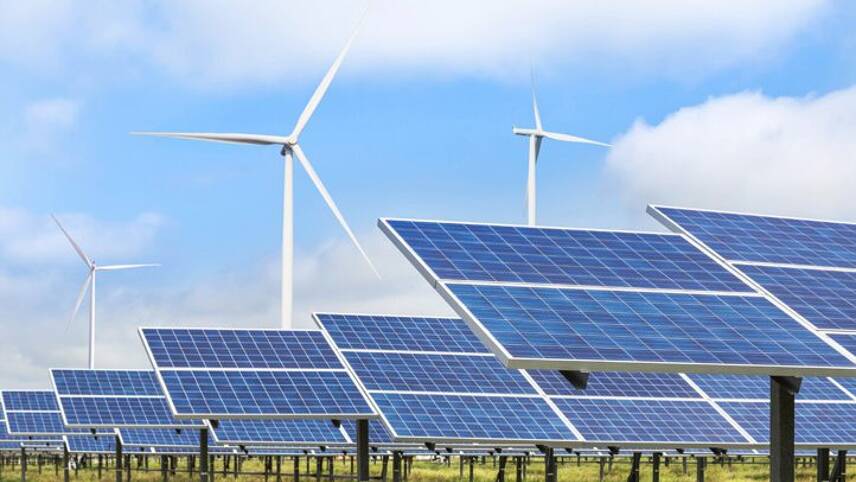Register for free and continue reading
Join our growing army of changemakers and get unlimited access to our premium content

The UK has already taken significant strides towards achieving decarbonisation, through large investments into the renewables sector, but there is a considerable amount of work still to be done to ensure the country is prepared for this shift, including putting the right infrastructure in place.
Recent figures from Bloomberg New Energy Finance predict that onshore and offshore wind will account for as much as 64% of electricity generation in the UK by 2030, so it is critical that appropriate infrastructure is up-and-running to manage this growth sustainably.
Last year, an impressive £1.6 billion of capital was raised to grow the renewables sector, which will help to increase the visibility of new energy such as wind and solar. The infrastructure market has developed steadily over the last decade, in turn attracting a swathe of institutional investment as a mainstream asset class and also meaning increased demand for alternative investments, such as renewable energy.
A crucial area of investment is in grid-scale energy storage, an essential feature of the UK’s national infrastructure that helps to stabilise the intermittent supply of energy from renewables, by addressing supply/demand imbalances in real time. Since the level of power generated varies on a day-to-day basis, battery storage helps to ensure electricity supply remains constant.
The level of investment will need to keep pace with the momentum we are seeing in renewable energy deployment.
Recent UK government figures show that 2019 was a record year for renewable electricity generation (38.9%), but it’s clear that investment into infrastructure needs to be prioritised to continue driving growth in this sector.
Within the battery technology sector, we’ll see growth in the electric vehicle market in 2020, as top brands race to launch fully electric cars powered by rechargeable batteries, such as the zero-emission Fiat 500 and Skoda’s mass-market EV. This, however, means that more charging points need to be installed to support the increase in EVs on our roads.
It’s encouraging to see businesses thinking seriously about the benefits of renewables from a financial perspective as a sustainable, long-term investment option. But the infrastructure required to support it mustn’t be ignored. Larry Fink’s letter to CEOs, that all future investments should consider climate risks and the long-term implications of investment decisions, highlights that 2020 should be the year that we take a step beyond the ‘standard’ ESG messaging and invest in strategies that genuinely make a difference.
Innovation in infrastructure should be the first place to look if we want to continue the UK’s move towards renewable energy and sustainable infrastructure.



…A crucial area of investment is in grid-scale energy storage, an essential feature of the UK s national infrastructure that helps to stabilise the intermittent supply of energy from renewables, by addressing supply/demand imbalances in real time. Since the level of power generated varies on a day-to-day basis, battery storage helps to ensure electricity supply remains constant…"
LAES cuts the cost of energy storage by 94% below that of Li-ion battery storage. Maybe this signals the way to a low-carbon solution to the ‘intermittency problem’:
https://bwrx-300-nuclear-uk.blogspot.com/2019/10/the-intermittency-problem-will-energy.html